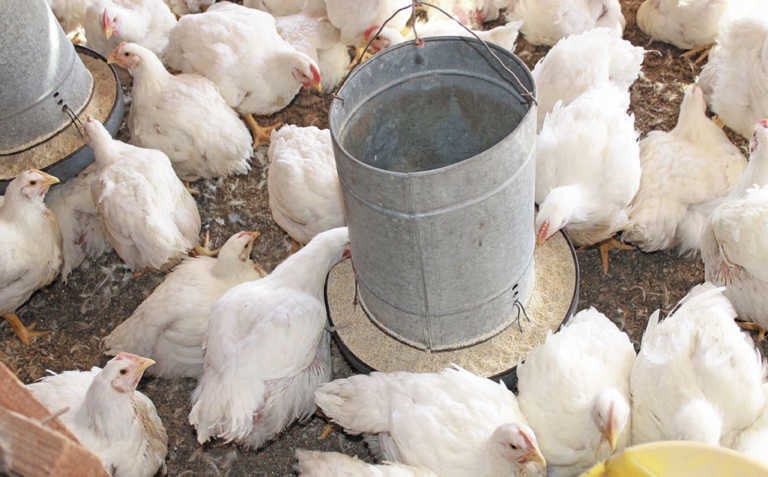
A Department of Agriculture, Forestry and Fisheries (DAFF) statement said that there had been 10 outbreaks in commercial poultry, three in commercial ostriches, five in wild birds, three in hobby aviaries, and three in backyard poultry flocks.
“All affected properties have been placed under quarantine and disease control measures have commenced. The continued cooperation of the public and the poultry industry in the timeous reporting of sick and dying birds to government veterinary services is vital for the effectiveness of disease control measures instituted,” said DAFF spokesperson, Bomikazi Molapo.
DOWNLOAD Avian Influenza Factsheet
Regarding possible compensation to be paid out by government to HPAI-affected farming operations, the DAFF statement said that draft guidelines and principles determining compensation had been completed, and were awaiting ministerial approval. The guidelines would be released publically by 1 September.
“The [poultry] industry also requested to be given permission to import fertile eggs to close the supply gap as a result of culled birds. Only one company has submitted an application for the importation of hatching eggs. The department is still performing the prescribed risk analyses to determine the appropriate level of risk,” Molapo said.
She explained that DAFF needed to first conduct a thorough risk assessment to ensure that importing hatching eggs would not expose SA to additional disease risk.
There were reportedly two options that DAFF had so far developed, which would be presented to SA’s poultry industry for consideration.
The first was for “risk mitigation to be conducted in South Africa through stringent quarantine measures on arrival of the hatching eggs from their country of origin”.
The second was for stringent quarantine measures to be implemented in the country from which the hatching eggs were to be exported. These eggs would have to originate from compartments that were DAFF-certified free of diseases.










